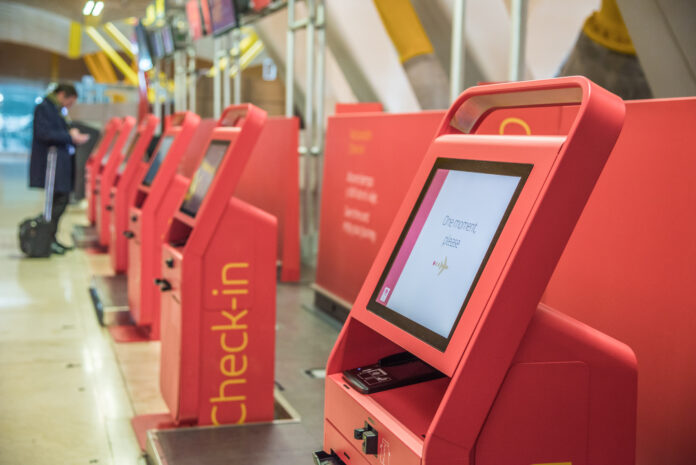
While many companies have viewed self-service solutions simply as a way to reduce costs and improve efficiency, this perception has begun to evolve. Today, many companies see self-service as a crucial strategic investment and a way of enhancing customer loyalty and revenue.
However, self-service solutions can only provide the right results when implemented strategically.
As such, companies must understand how to leverage the “good” of self-service while avoiding the bad and the ugly.
The Good of Self-Service Solutions
Today’s digitally native customers appreciate the opportunity to resolve problems themselves without waiting for a human agent or specialist to answer the phone or respond to an email. Self-service is inherently convenient and fast. It allows consumers to use their chosen channels to resolve problems and tailor their experience to their needs.
Self-service enhances customer experience by allowing clients to access an immediate response to their queries – making the service experience much more effortless.
Contact centers may then tactfully drop occupancy rates, reduce the strain on the workforce, and allow employees to focus on the tasks that are make or break to the experience.
The Bad and the Ugly of Self-Service
According to a Forrester study, businesses waste almost $22 million on unnecessary CX costs annually because customers can’t access the solutions they need to serve themselves effectively.
Simplicity should always be a core component of a self-service experience. However, the IVR system, in which self-service is often embedded, tends to be a source of significant frustration for many clients.
Even in today’s world of innovative conversational AI and automated technology, companies still create IVR systems that present clients with unclear options and dead ends. (Carter, 2023).
With my focus being customer service, I need to look at it from all kinds of different angles. Receiving customer service does not only come from a human representative, but also through digital channels that customers can access independently. This article shows us some of the pro and cons of self-service, which is also helpful to know when trying to look at ways to possibly design with this concept. Self-service customer service options certainly aren’t for every customer but can be very helpful for those who are comfortable with the technology and want a quick answer to their question/ problem. The way I see it is self-service is convenient for those who don’t want to wait for a response back from a human representative and going in-person in convenient for those who prefer not having to resolve their issues on their own or aren’t comfortable with the self-service technology. Self-service is also very beneficial to the business in terms of hiring and money, but it could end up backfiring is the self-service is not curated properly and causing more issues than solving them. This lines up with trying to find the balance between helping the business or helping the customer.
References.
Carter, R. (2023, May 15). The good, the bad, and the ugly of self-service. CX Today. https://www.cxtoday.com/contact-centre/the-good-the-bad-and-the-ugly-of-self-service/



